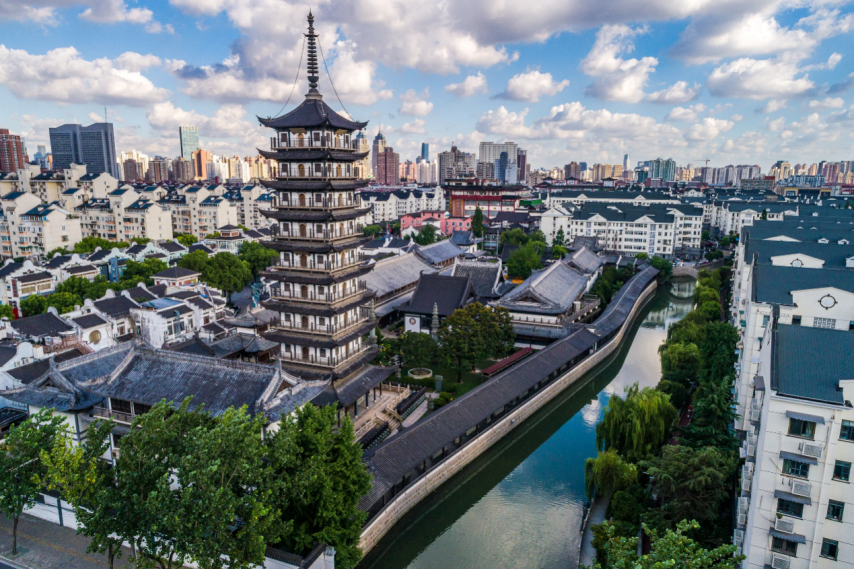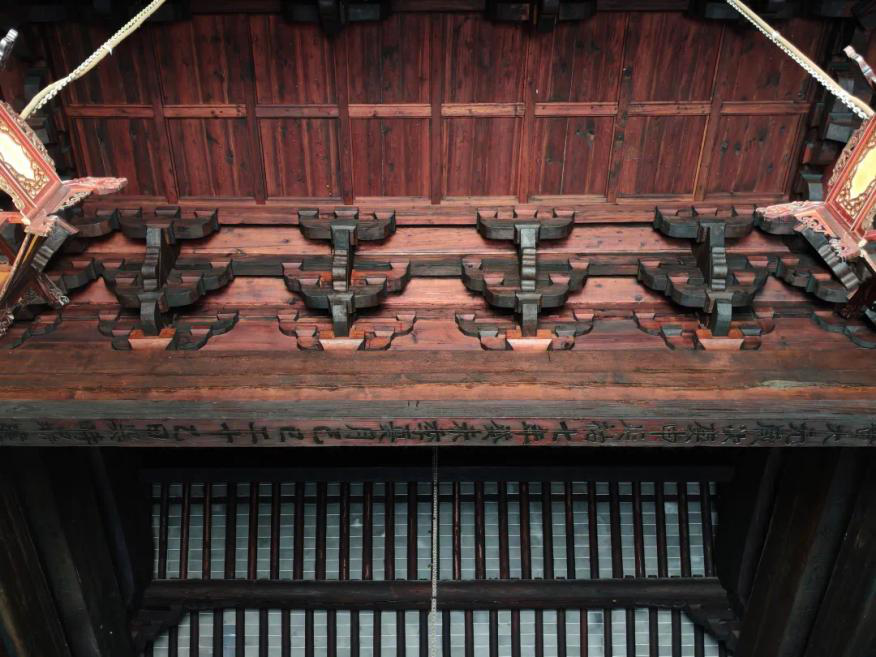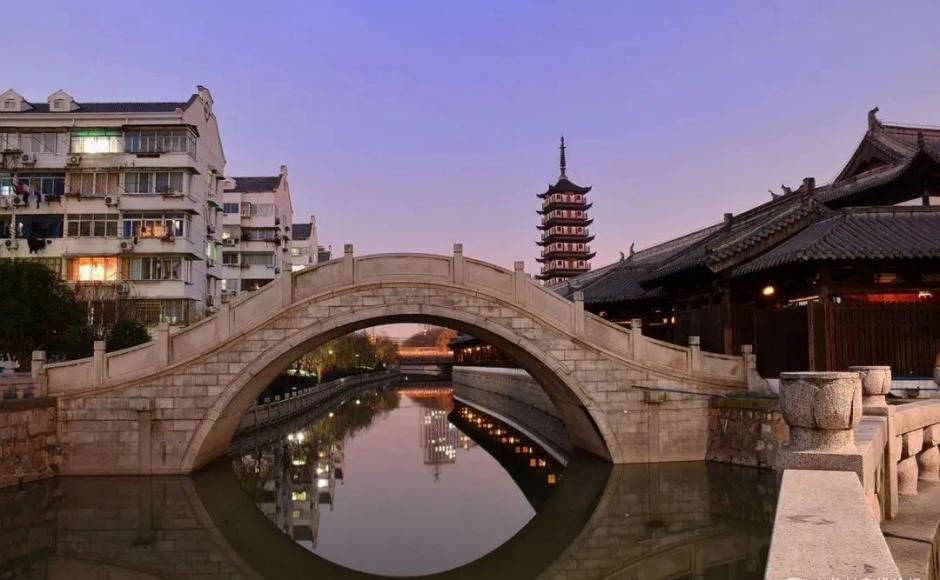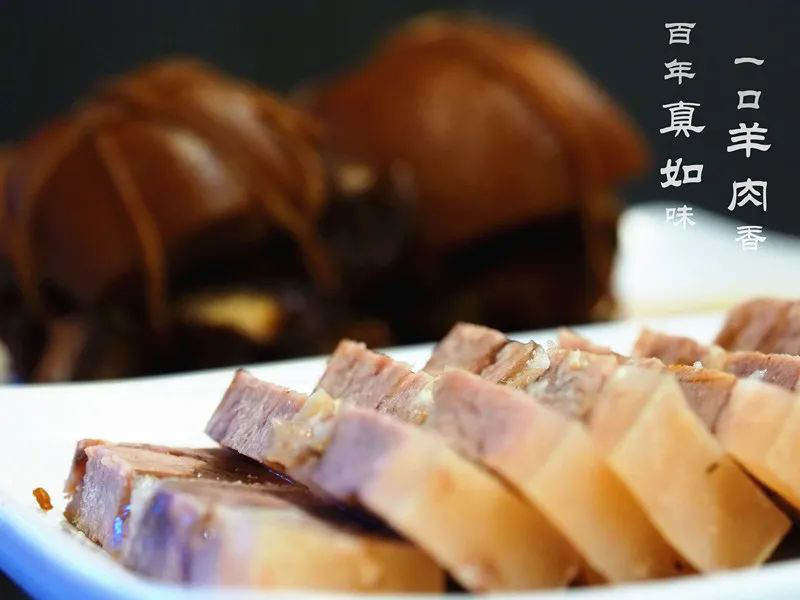A journey through time: Exploring Zhenru Ancient Town

Zhenru Ancient Town, located in the central-western part of Shanghai's Putuo district, was historically known as Taoxi. During the Yuan Dynasty (1271-1368), it thrived as a commercial hub, earning the nickname Bronze Zhenru.
The town's history is closely tied to Zhenru Temple, built over 700 years ago by Monk Miaoxin. The temple, which gave the town its name, symbolizes authenticity and constancy.
Today, Zhenru Ancient Town has evolved into a vibrant commercial area, known not only for the temple but also Zhenru mutton.
Zhenru Temple: An architectural marvel

Zhenru Temple is a prominent Buddhist site and renowned for its main hall, originally built during the Yuan Dynasty. This remarkable structure preserves some of the most complete wooden architecture of that era, featuring a unique single-eaved hipped roof and intricate bracket sets that highlight the Yuan craftsmen's mastery.
Old street charm

Zhenru's old streets, particularly Lanxi Road, retain a strong local flavor, offering a glimpse into the town's past. This pedestrian-friendly area is lined with shops selling authentic Shanghai snacks, as well as quaint bookstores.
Zhenru's rich folk traditions
Zhenru boasts a vibrant folk culture, including dragon and lion dances and Huju opera. Its culinary scene is notable for Zhenru mutton, a dish so iconic it has been recognized as a Shanghai intangible cultural heritage.

The town's temple fair, dating back to the late Yuan and early Ming dynasties, has evolved into a cultural and commercial event that attracts visitors from all over the world.
Sources: WeChat account of Shanghai Municipal Administration of Culture and Tourism, WeChat account of Shanghai Municipal Culture and Tourism Development Center, WeChat account of Publicity department of the CPC Putuo district committee, Putuo district administration of culture and tourism, Putuo district archives, "zhenru360" WeChat account, Zhenru street office